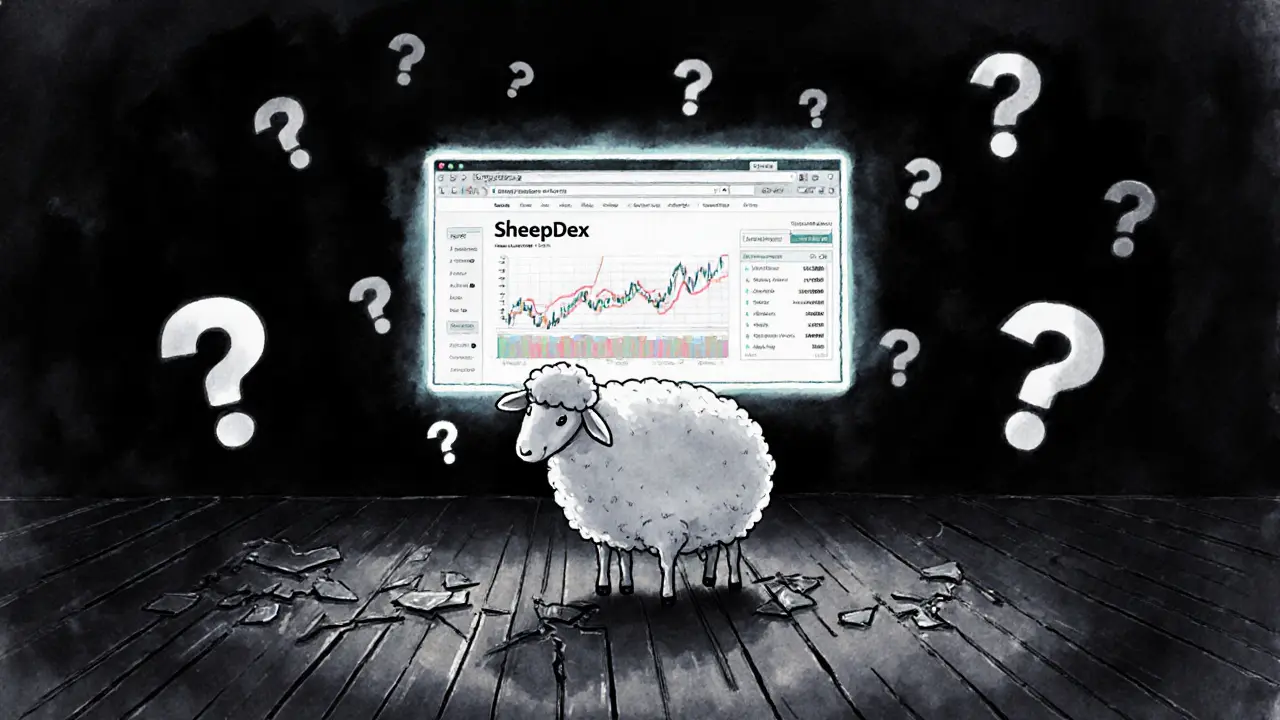DEX Explained: What Decentralized Exchanges Are and Why They Matter in Crypto
When you trade crypto without a bank or company in the middle, you’re using a DEX, a decentralized exchange that lets users swap tokens directly from their wallets using smart contracts. Also known as decentralized exchange, it removes the need to trust a third party with your money—your keys, your crypto, no exceptions. Unlike centralized exchanges like Binance or OKX, a DEX runs on blockchain code. That means no login, no KYC, and no one can freeze your funds. But it also means you’re on your own if something goes wrong.
Most DEXs today rely on AMM protocols, automated market makers that use mathematical formulas instead of order books to set prices. Also known as liquidity pool-based trading, they let anyone become a liquidity provider by depositing pairs of tokens—like ETH and USDT—and earning fees from trades. Platforms like Uniswap, Raydium, and Camelot V3 all use this model. But not all AMMs are equal. Some, like Uniswap v3, let you concentrate your liquidity in tight price ranges to earn more, while others, like Lifinity, promise lower impermanent loss but struggle with real trading volume. Then there’s the issue of liquidity pools, the digital buckets of tokens that make trades possible on a DEX. Without enough liquidity, your trade slippage spikes, or worse—you can’t trade at all. That’s why you’ll see posts here about Marswap being useful only for Shibarium tokens, or why EvmoSwap is a scam pretending to be a real DEX. If a DEX doesn’t have deep pools, it’s not just inconvenient—it’s dangerous.
Not every DEX is built for everyone. Some, like Camelot V3, are locked to Arbitrum. Others, like Marswap, serve only one ecosystem. And some, like Lifinity, look promising on paper but lack real users. That’s why the guides here don’t just list DEXs—they dig into who they’re for, what they charge, and whether they’re even safe. You’ll find reviews of real platforms, warnings about fake ones, and breakdowns of how fees, rewards, and tokenomics play out in practice. Whether you’re swapping tokens on Solana, Arbitrum, or BSC, the goal is the same: trade smarter, not harder.
What you’ll find below isn’t just a list of DEXs. It’s a collection of real-world tests—what worked, what failed, and what to avoid. From zero-fee traps to liquidity traps, these posts cut through the hype and show you exactly how DEXs behave when real people use them. No fluff. No guesswork. Just what you need to know before you click "Swap."
